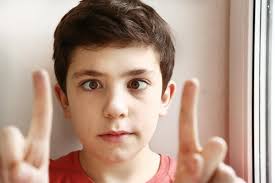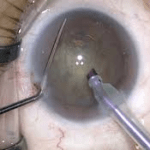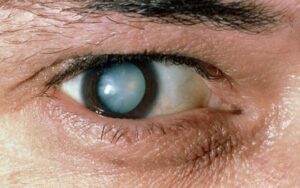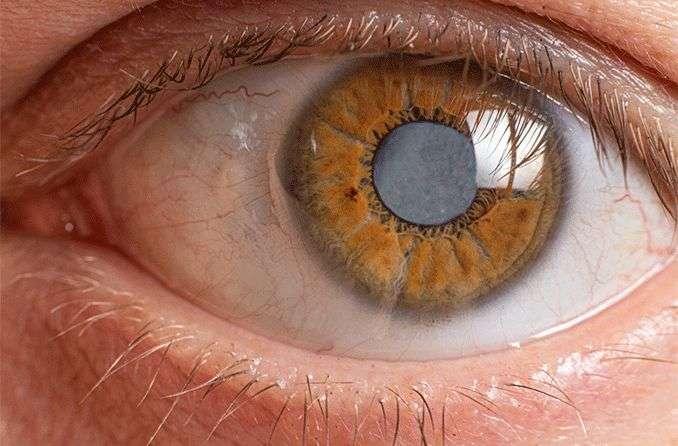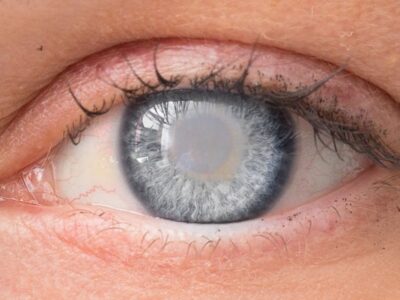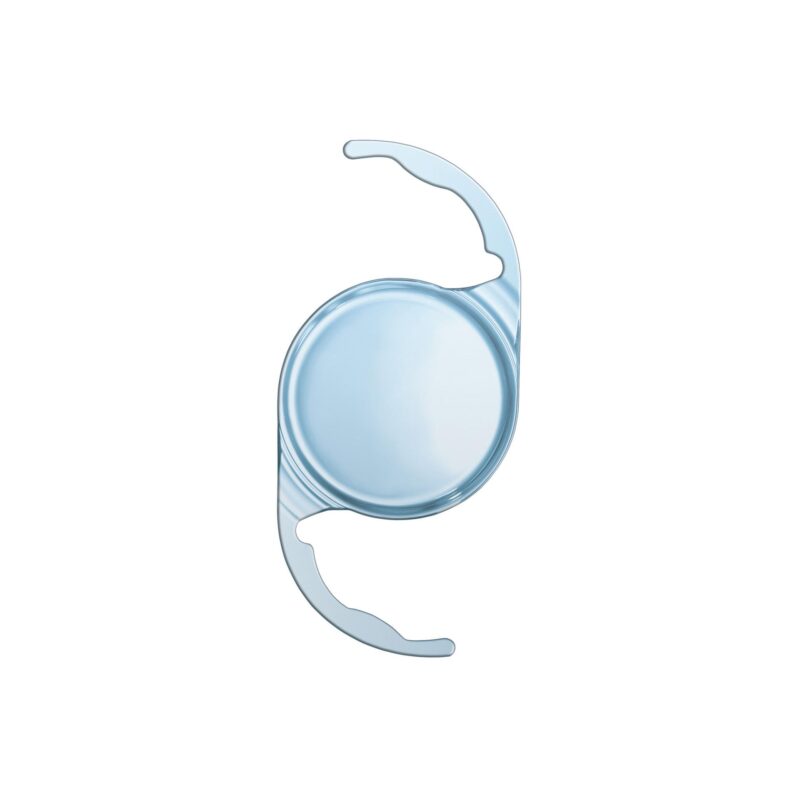Introduction:
Lazy eye, scientifically known as amblyopia, is a vision disorder that often develops in childhood. Despite its common occurrence, the condition can persist into adulthood if not addressed promptly. This article explores the various aspects of lazy eye treatment, shedding light on traditional and modern approaches.
Causes of Lazy Eye:
Amblyopia can be rooted in genetics, with a family history of the condition increasing the likelihood of its development. Additionally, misaligned eyes, a condition known as strabismus, and unequal focus due to refractive errors contribute to the development of lazy eye.
Symptoms and Signs:
Recognizing the symptoms of lazy eye is crucial for early intervention. Blurred or double vision, poor depth perception, and observable signs such as squinting or tilting the head are indicative of the condition.
Diagnosis of lazy eye treatment:
Diagnosing lazy eye involves a comprehensive eye examination and vision testing. Identifying underlying causes and assessing the severity of the condition are essential steps in developing an effective treatment plan.
Traditional Treatments:
Traditional treatments include prescription eyeglasses, eye patches for occlusion therapy, and vision exercises aimed at strengthening the weaker eye. These interventions have shown success in many cases.
Modern Approaches to Lazy Eye Treatment:
Recent advancements in lazy eye treatment include the use of atropine eye drops, vision therapy, and digital technologies. Lazy eye treatment apps offer innovative solutions to engage patients, particularly children, in their treatment regimens.
The Importance of Early Intervention:
Addressing lazy eye early is paramount for preventing long-term vision issues. Success rates of treatment are significantly higher when initiated during childhood, but interventions in adulthood can also yield positive results.
Parental Involvement and Support:
Parents play a crucial role in ensuring the success of lazy eye treatment. Encouraging compliance with prescribed interventions and creating a supportive environment can significantly impact the effectiveness of the chosen treatment.
Lifestyle Changes:
Limiting screen time, especially for digital devices, and promoting outdoor activities can contribute to overall eye health. Regular eye check-ups further support early detection and intervention.
Addressing Myths and Misconceptions:
Dispelling common myths surrounding lazy eye is vital to encourage individuals to seek treatment. By understanding the condition and available interventions, individuals can overcome hesitation and pursue necessary care.
Real-Life Success Stories:
Personal accounts of individuals who have successfully treated lazy eye provide inspiration and motivation. These stories highlight the transformative impact treatment can have on one’s vision and overall quality of life.
Expert Opinions:
Insights from ophthalmologists and vision specialists contribute to a comprehensive understanding of lazy eye treatment. Current research and advancements in interventions provide hope for continued improvements in treatment efficacy.
Combating Stigma:
Open conversations about lazy eye are essential to combatting stigma associated with the condition. By normalizing discussions and emphasizing that treatment is common and manageable, individuals are more likely to seek the care they need.
Future Developments:
The field of lazy eye treatment continues to evolve, with emerging technologies and innovative options on the horizon. Ongoing research aims to improve intervention strategies and enhance treatment outcomes.
Author Details:
Dr. Sushruth Appajigowda holds a prominent position as a Cornea, Cataract, Glaucoma, and LASIK Surgeon in Bangalore. He serves as the chief Cataract and Refractive surgeon at Vijaya Nethralaya Eye Hospital, Nagarbhavi Bangalore. Renowned as one of the finest LASIK surgeons nationwide, he brings with him over 12+ years of experience across multiple LASIK platforms, including ZEISS, ALCON, SCHWIND, AMO, and Bausch and Lomb. Having successfully conducted over 5000 LASIK procedures, Dr. Sushruth holds the title of a Certified Refractive Surgeon and a Fellow of the All India Collegium Of Ophthalmology. Furthermore, he stands as a distinguished speaker at various National and International Forums, using his expertise to guide you in selecting the most suitable procedure based on your health requirements.
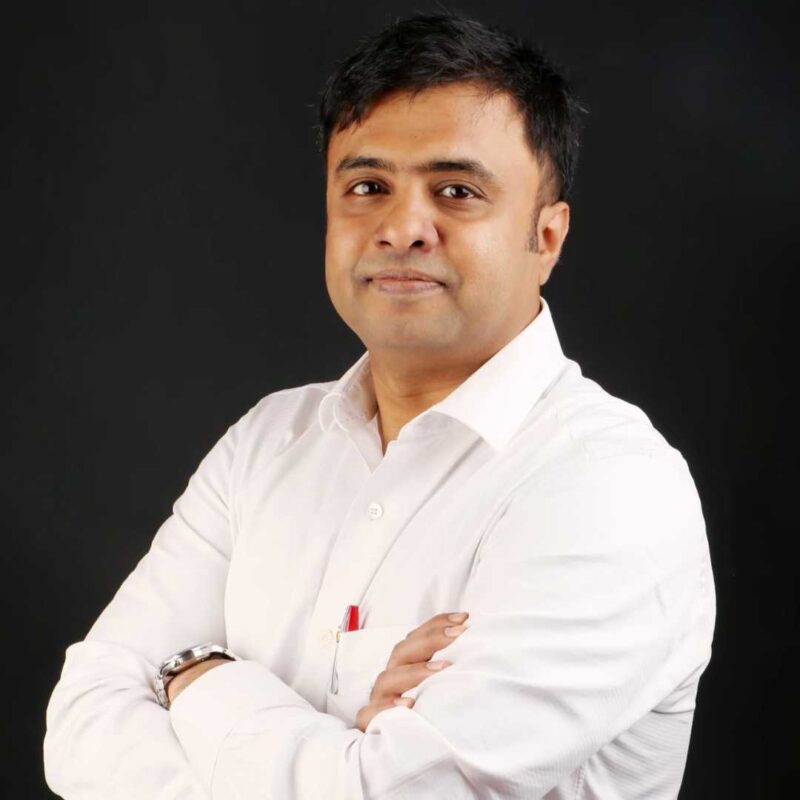
http://vijayanethralaya.com/link-in-bio/
FAQs:
- Is lazy eye treatment effective in adults?
- Yes, while success rates are higher in childhood, treatment can still be effective for adults, improving vision and quality of life.
- How long does lazy eye treatment typically take?
- The duration varies, but early intervention often yields faster and more successful outcomes.
- Are there alternative treatments besides eyeglasses and patches?
- Yes, modern approaches include atropine eye drops, vision therapy, and digital technologies like lazy eye treatment apps.
- Can lazy eye be completely cured?
- In many cases, yes. Successful treatment can lead to improved vision and function.
- What role do parents play in lazy eye treatment?
- Parental involvement is crucial for encouraging compliance with treatment and creating a supportive environment for the individual undergoing treatment.
- Conclusion:
- In conclusion, addressing lazy eye requires a multi-faceted approach, combining traditional and modern interventions. Early detection, parental support, lifestyle changes, and the DE stigmatization of the condition all play vital roles in successful treatment. By navigating the path to clarity, individuals with lazy eye can embark on a journey toward improved vision and overall well-being

